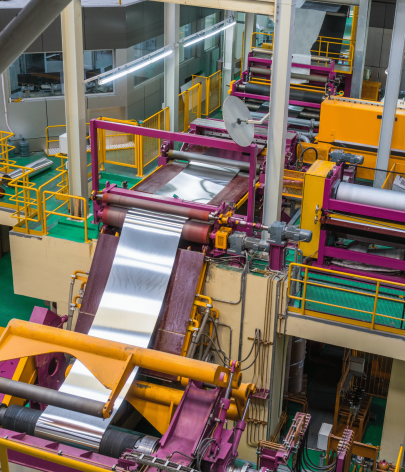
Breadcrumbs
Aluminium: A barometer for China’s green recovery
Last year’s rise in aluminium production reflects the complexities of China’s recovery from the pandemic.
About
Last year, in the shadow of the pandemic, China saw impressive growth figures. While the US, EU and Japanese economies shrank by 3.5%, 6.4% and 4.8% respectively, China posted 2.3% GDP growth. A strong rebound in China’s industrial output drew particular attention and the associated rise in energy use led to doubts: is China’s recovery green enough?
Originally published by China Dialogue [中文]
Executive summary
Green recovery?
China’s green sectors continued to grow rapidly in 2020, driving a need for various industrial products. This includes aluminium, which is a critical component of emerging green markets, including electric vehicle manufacturing and renewable power. Aluminium output had dipped in 2019, but soared to new highs in 2020. While this might be a sign of booming green industries and a recovery guided by low-carbon goals, aluminium production requires enormous amounts of electricity – often backed by particularly polluting coal plants.
Aluminium production grows, backed by dirty coal
Aluminium production is an indicator for the complexities of energy transition in China
In this chapter:
Conclusion
Heading towards a low-carbon future
An economy is a complex and in a sense organic system. Strong growth in emerging green industries will aid the transition to a low-carbon economy. But if changes aren’t made elsewhere, those benefits may be undercut and the expected emissions reductions not achieved. As this article has explained, electric vehicles and solar power need aluminium, so growth in those sectors necessarily increases demand for the metal. In turn, the aluminium sector’s reliance on coal power means it will generate carbon emissions while meeting that demand.
With peak carbon and carbon neutrality identified as important tasks for the 14th Five Year Plan, China should make further reforms to its economy, forming a new low-carbon and coal-free growth model; and setting carbon caps for high-emitting sectors in order to encourage the drawing up of roadmaps towards a green and low-carbon future.



